Istria feels separate from the rest of Croatia. Christened "Terra Magica” by the Romans, this triangular peninsula was Italian until the World War II. Istria has its own celebrated gastronomy, its own wines and world class olive oils. The inland is every bit as beautiful as the coast: you will be awarded by wonderful villages, Roman cities and lush nature.
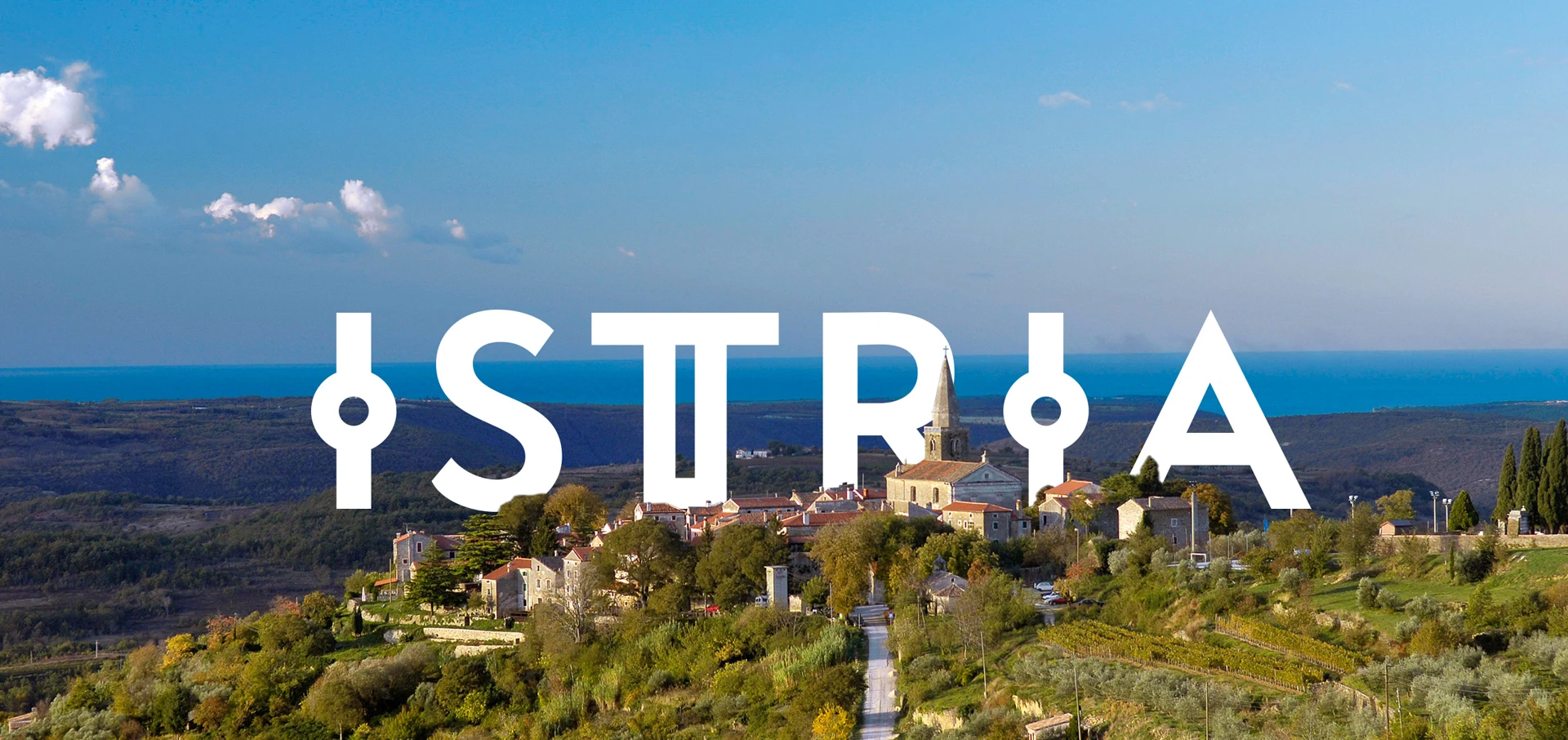
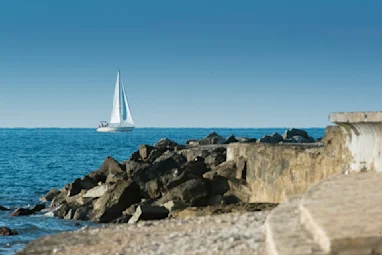
Fun facts about Istria
PULA AMPHITHEATER - one of the three such amphitheaters preserved in the world and the 6th largest amphitheater in existence.
TRUFFLES - Istria is known for its truffles that compare with the best Italian and French truffles. The largest white truffle found weighed 1.31 kg and was discovered by Giancarlo Zigante near Buje and thus earned a place in the Guinness Book of Records in 1999.
LEANING TOWER - There is a leaning tower in Istria too, at Završje, whose belfry is 22 meters high and tilted 40 cm to the north.
COLORS OF ISTRIA - The Istrian peninsula is divided into red, gray and white Istria, according to the type of land that prevails.
JAMES JOYCE - used to teach English in Pula in the early 20th century.
THE SMALLEST TOWN IN THE WORLD - Hum, in Istria, is the smallest town in the world.
CHURCH IN VODNJAN - Church in the city of Vodnjan is a home to mysterious European mummies.
DINOSAUR BONES - Only dinosaur bones found on the Mediterranean coast are in Istria.
PAZINSKA JAMA - The French writer Jules Verne stayed in Pazin, and the Pazin Cave is mentioned in his novel Mathias Sandorf.
BEST OLIVE OIL REGION - In 2024, Istria was declared the best region in the world for extra virgin olive oil for the eighth time in a row, according to the Flos Olea guide.
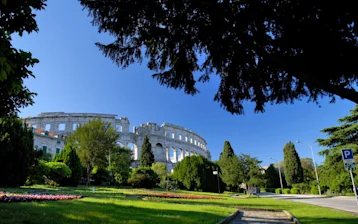
Pula
Known for its Roman amphitheatre, Pula was the centre of Habsburg shipbuilding and still is a lively port that ships millions tons of cargo every year. The Centre of the town is filled with ordinary businesses and shops, a big covered market and fresh fish stalls. Don't fret, Pula has a lot to offer to its visitors, but to enjoy it, you'll need to explore it. Start with the Arch of the Sergians or the Golden Gate, then the Forum, the Temple of Augustus and if nothing else, grab a boat to Brijuni from Fažana.
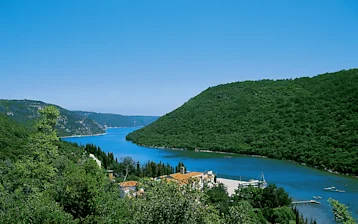
Lim Channel
One of the Istria's most dramatic phenomena is the Lim Channel, a 10 km narrow sliver into the heart of the peninsula with densely forested cliffs and calm, green water. You can get guided boat tours through the canal or enjoy the view from a platform on the main road. If you enjoy mussels and shellfish, chances are they were picked at Lim Channelfarms. History buffs might enjoy the fact that Sir Henry Morgan, famous British pirate supposedly hid within Lim Channel to escape his enemies, while Giacomo Casanova wrote about it in his memoires and often came back.

Grožnjan
Built by Venetians on 1102, hilltop town of Grožnjan was a strategically important fortress until the collapse of the Venetian empire in the 18th century. Almost two centuries later it was turned into an artist colony in 1965 which in turn attracted Jeunesses Musicales International to start a summer school for musicians in 1969 which has been going strong ever since. Every summer is flush with concerts, recitals and ballet being shown at the local castle or in the squares, under the starry sky. Nowadays Grožnjan is home to more than 30 artist studios and galleries, open mostly for the summer.
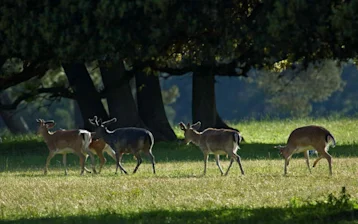
Brijuni
A tiny 14 island archipelago of Istria's west coast, Brijuni are an open air time machine, displaying thousands of years of human history, starting with the petrified dinosaur footsteps. Only 2 islands are open to visitors, housing a golf course, bird sanctuary, zoo and a safari park, three museums and the main archeological sites. You can pass the main attractions on a little train or hire a bike or an electric buggy and set of on your own.

Pazin
When talking about central Istria, you have to mention Pazin - the “heart of Istria”. It is known for it's castle (Kaštel) sitting over a 130 meters deep chasm where the river Pazinčica flows into the Pazin Pit - scenery is so stunning it inspired famous French writer Jules Verne to set one of his novels here and have the hero escape from the castle over the chasm. Apart from the stories of old, Pazin is pretty standard little town surrounded by rolling Istrian countryside and offering hiking, free climbing, zip-lining, cycling and acacia honey made by local bees and beekeepers. There are several interesting medieval towns nearby you can discover along the 10-kilometer-long trail of St. Simon.
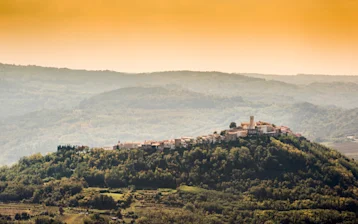
Motovun
As a hilltop town characteristic of the Istrian interior, Motovun - Montona is a popular tourist destination, mainly for all the cultural events taking place throughout the year. As you enter the main gate, the view is stunning: a thin silver line of the river Mirna, and the canopy of the nearby forest, rich with truffles whose quality is world famous. If truffles are your thing, come in the autumn, September to November and visit Livade, which are just across from Motovun, for the truffle auctions and tasting menus. Another thing you'll notice is the vineyards sloping down hill as far as your eyes can see. These produce the white wine Malvasia and red wine Teran which you can try in every local ‘konoba’ or restaurant - there's quite a few around here. Istarske Toplice thermal spa with curative water it is not far from Motovun, if you need some hot thermal pools to relax.